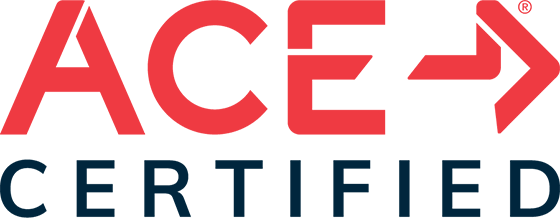ASD & Exercise
As Soon On:



About ASD & Exercise
Obesity and being overweight are problems that are affecting the youth of this country. This epidemic is magnified within the autism population. Research from the Center for Disease Control and Prevention (CDC) state high rates of obesity for adolescents on the autism spectrum, with the highest rates approximately 32 percent 1. Other studies suggest even higher rates of obesity for children with autism and show that teens with autism are nearly three times as likely to develop type 2 diabetes 2. Other symptomology such as low muscle tone and delays in motor movement can make even the simplest of tasks more challenging. Exercise can reduce the effects or eliminate of all of these symptoms. Adaptive Exercise was created to introduce people with autism to exercise and help them improve their health.
1. Edelson, S. (2018). Physical Exercise and Autism | Autism Research Institute. [online] Autism.com. Available at: https://www.autism.com/treating_exercise [Accessed 31 Dec. 2018].
2. Griswold, A. (2019). Exercise gives children with autism jump on social skills. [online] Spectrum | Autism Research News. Available at: https://www.spectrumnews.org/news/exercise-gives-children-autism-jump-social-skills/ [Accessed 1 Jan. 2019].
- Reduce stereotypic behavior
- Improve motor function
- Increase on task behavior
- Decrease maladaptive behavior
- Improve cognitive functioning
As an autism parent you are constantly on the lookout for new ways to help your child. You are most likely aware of traditional interventions, such as Applied Behavioral Analysis, speech therapy, occupational therapy or physical therapy. But, personal training does not usually come to mind.
With a growing body of research identifying the many of benefits of exercise for people with autism, more and more professionals are developing ways to efficiently train people on the spectrum.
Exercise is perhaps the single most beneficial set of behaviors a person can learn to improve their quality of life. Typically, we learn different modes of exercise through playing sports, engaging in different activities or through the help of fitness professionals. Individuals with autism do not always have the same opportunities or may lack the prerequisite skills to learn exercise behavior.
Studies suggest that as much as one third of children (age 2-19) are overweight or obese, and these rates are at least as prevalent in individuals with ASD (1). A lack of physical activity is amongst the reasons for these rates of obesity effecting this population. Poor motor movement and low muscle tone are also commonly associated with people with ASD2. An exercise program can address both these issues by increasing fitness levels and improving general motor function (2).
More recent studies have shed light on additional exercise benefits for people with autism. Regular physical exercise has been shown to reduce stereotypy, aggression, and off-task behavior in people with ASD (3). Physical activity should not replace traditional therapies, but should be used in conjunction to the services already provided.
The programming is centered around functional movement training. Movements that will benefit each athlete not just in the realm of fitness, but in their everyday lives. Whether they are reaching up high to get something from the cabinet, carrying a heavy backpack or walking up stairs. Functional movement training prepares the body for optimal performance in activities of daily living.
1. Curtin, C., Jojic, M., & Bandini, L. G. (2014). Obesity in Children with Autism Spectrum Disorders. Harvard Review of Psychiatry, 22(2), 93–103. http://doi.org/10.1097/HRP.0000000000000031
2. Dawson, G., Ph.D., & Rosanoff, M., MPH. (2012, July 24). Sports, Exercise, and the Benefits of Physical Activity for Individuals with Autism. Retrieved April 04, 2017, from https://www.autismspeaks.org/science/science-news/sports-exercise-and-benefits-physical-activity-individuals-autism
3. Lang, R., Koegel, L. K., Ashbaugh, K., Regester, A., Ence, W., & Smith, W. (2010). Physical exercise and individuals with autism spectrum disorders: A systematic review. Research in Autism Spectrum Disorders,4(4), 565-576. doi:10.1016/j.rasd.2010.01.006
2. Griswold, A. (2019). Exercise gives children with autism jump on social skills. [online] Spectrum | Autism Research News. Available at: https://www.spectrumnews.org/news/exercise-gives-children-autism-jump-social-skills/ [Accessed 1 Jan. 2019].
The American Council on Exercise (ACE) is the world’s largest nonprofit health and fitness organization. ACE is accredited by the National Commission for Certifying Agencies (NCCA). Personal trainers operating in accordance with the ACE standards, follow a comprehensive approach from assessments to training.

